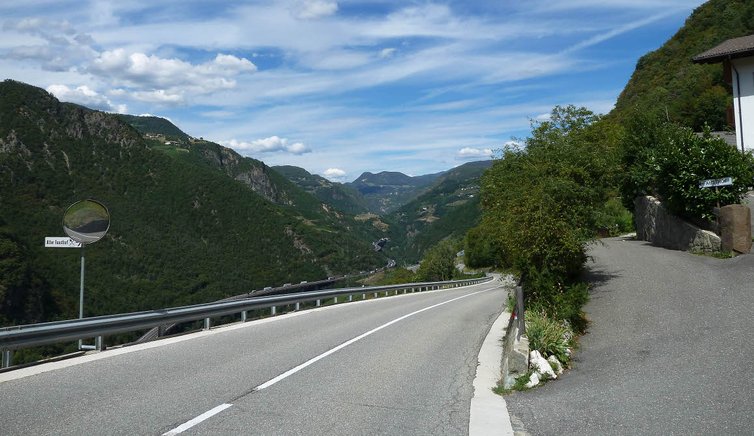The most important information for drivers in Austria - from speed limits to the ”Vignette”
Speed limits:
- 50 km/h in urban areas
- 100 km/h on rural roads
- 100 km/h on expressways
- 130 km/h on motorways (with the exception of the Tauern Motorway (A10), Inn Valley Motorway (A12), Brenner Motorway (A13), and Rhine Valley Motorway (A14), where the speed limit is 110 km/h between 10:00 p.m. and 5:00 a.m.)
Toll roads:
- Many roads in East and North Tyrol are subject to tolls, including the Fern Pass road, the Kitzbüheler Horn panoramic road, and the Grossglockner High Alpine Road.
Driving under the influence of alcohol and drugs:
The maximum permitted blood alcohol level for drivers is 0.5‰ (0.1‰ for newly qualified drivers, lorry drivers, and bus drivers). Driving under the influence of drugs is strictly forbidden and penalised.
Additional information
- In the event of an accident, it is compulsory to wear a high-visibility jacket.
- Wearing a seat belt is compulsory.
- Children under the age of 14 or less than 1.50 metres tall must be secured in an ECE-certified child restraint system.
- Driving excessively slowly without a valid reason is a punishable offence (under § 20 Abs 1 StVO), as it can obstruct or endanger other road users.
- Helmets and a toll sticker ('Vignette') are mandatory for motorcyclists.
- Motorcyclists and car drivers are required to pay the motorway toll in Austria. The so-called 'Vignette', a sticker, must be affixed to the windscreen in a clearly visible position. These stickers can be valid for 10 days, two months, or one year.
- Since 2012, road users in Austria have been required to form an emergency corridor (Rettungsgasse) on multi-lane roads in the event of a traffic jam. On multi-lane motorways, the emergency corridor must be formed between the outermost left lane and the lane immediately to its right.
- Winter equipment (winter tyres and snow chains) is mandatory in Austria. Tyrol is located in the Alps and can experience heavy snowfall.

















